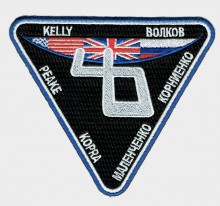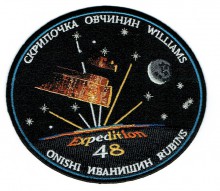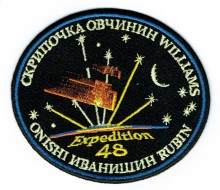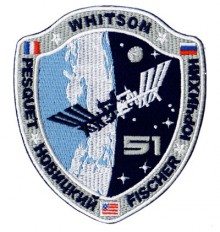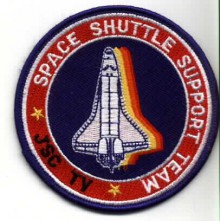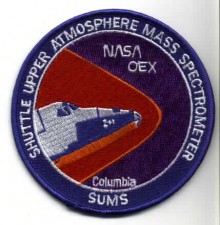TriDAR, or Triangulation and LIDAR Automated Rendezvous and Docking, is a relative navigation vision system developed by Neptec Design Group and funded by the Canadian Space Agency and NASA. It provides guidance information that can be used to guide an unmanned vehicle during rendezvous and docking operations in space. TriDAR does not rely on any reference markers positioned on the target spacecraft. Instead, TriDAR relies on a laser based 3D sensor and a thermal imager. TriDAR’s proprietary software uses the geometric information contained in successive 3D images to match against the known shape of the target object and calculate its position and orientation.
TriDAR made its inaugural demonstration space flight onboard Space Shuttle Discovery on the STS-128 mission, launched on August 28, 2009. On STS-128, TriDAR provided astronauts with real-time guidance information during rendezvous and docking with the International Space Station (ISS). It automatically acquired and tracked the ISS using only knowledge about its shape. This marked the first time a 3D sensor based "targetless" tracking vision system was used in space.
- Log in to post comments

